Guatemala El Tambor Drum Manor Flavor describes the biotherapy of leaf rust
For professional baristas, please follow the coffee workshop (Wechat official account cafe_style)
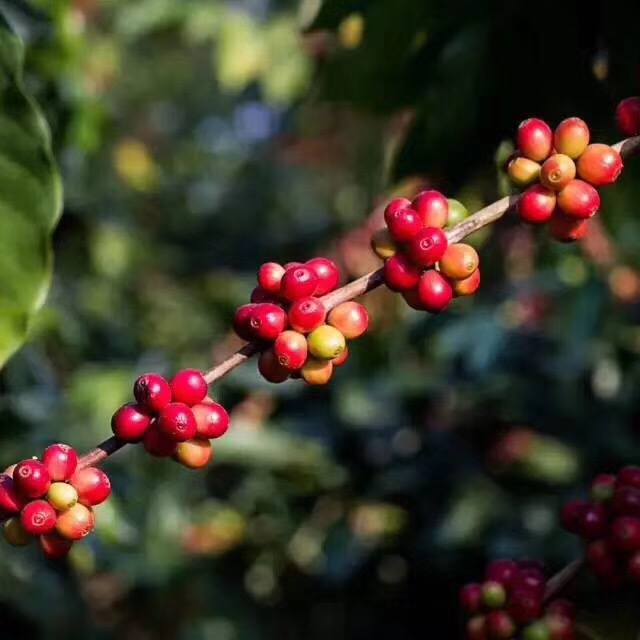
Basic information
Farm: El Tambor Manor
Variety: yellow bourbon
Treatment: washing treatment
Altitude: 1676-1860 m
Owner: Victor Calderon
Town / city: El Durazno
Region: Palencia
Flavor description: full-bodied, black cherry, dark chocolate, cola, floral and apple aromas
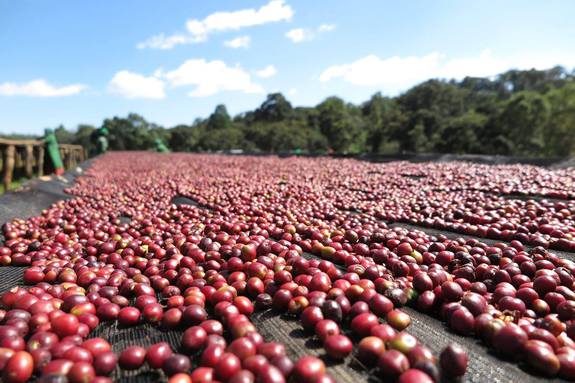
Finca El Tambor-Guatemala
Victor Calderon (Victor Calderon) represents the fifth generation of coffee farmers in a family that has been making coffee for more than a century; however, El Tambor is a relatively new addition to the rich mosaic farm in Guatemala outside Guatemala City.
Back in the 1930s, El Tambor was once owned by a cattle farm that converted the steepest slope of the farm into coffee in the 1960s. However, as price volatility worsened in the late 1980s and early 1990s, he no longer focused on coffee cultivation and instead provided mining companies with mineral rights. Mining companies began speculative mining in different locations within 700 hectares of the farm. Throughout the 1990s, in addition to these exploratory excavations, the farm was slowly being abandoned-that is, until Victor took control of the land.
Victor bought the farm in early 2001 to get rid of Robusta cultivation (his family used to specialize) and Arabica. At that time, the bottom of the Robusta market was falling off, and Arabica was not particularly stable, and he dreamed of finding a farm of more than 1500 meters so that he could focus on high-quality Arabica production.
He was so loyal to this vision that he sold his house and car for El Tambor, and immediately signed a document on renovating the coffee field, expanding the coffee area and improving the small wet mill on the farm. However, Victor is a real destroyer of coffee cultivation, refusing to accept traditional wisdom or accepted agricultural practices. This is more obvious than his method of controlling coffee leaf rust on the farm.
When El Tambor's coffee leaves are rusty, Victor is worried about the use of chemical fungicides widely recommended in Guatemala. Realizing that fungi are good for an acidic environment, he tried several alkaline solutions to apply plants-from lemon juice to orange juice-looking for an effective tool. In his research, he found that clay, especially from volcanic areas, was very alkaline, and his mind went back to El Tambor's short mining history.
Although little is obtained from the mine, a lot of clay white clay with high clay content is left behind. Victor suspected that the clay might provide the solution he was looking for.
After many experiments, Victor got a unique formula that enabled him to rust coffee leaves with the least impact on the environment. The water and clay solution from the old mine are mixed with a small amount of copper-based fungicides and then applied under the leaves with an ordinary sprayer. He had applied the solution to the top of the leaves, but later realized that the plants were breathing under the leaves (which is where the fungus was), and he asked the staff to apply the solution under the leaves. All of a sudden, he observed that the fungus had died within three days and every plant solution had been applied. He attributes this not only to alkaline solutions, but also to the endothermic properties of clay, which helps regulate temperature and help plants resist future infections. Even better, this method is eco-friendly and does not pose a threat to the health of workers. It can even be used without protective clothing.
At present, farms still need to use this solution frequently, more or less once a month. But while trees continue to lose some leaves, new growth is strong, and coffee fruit development has greatly improved. While cooperating with the treatment, Victor still has a refurbished bourbon plantation in Tambo (up to six replacement farms each year), but he has always preserved the seeds of the strongest trees, hoping that "the next generation of plants will resist rust."
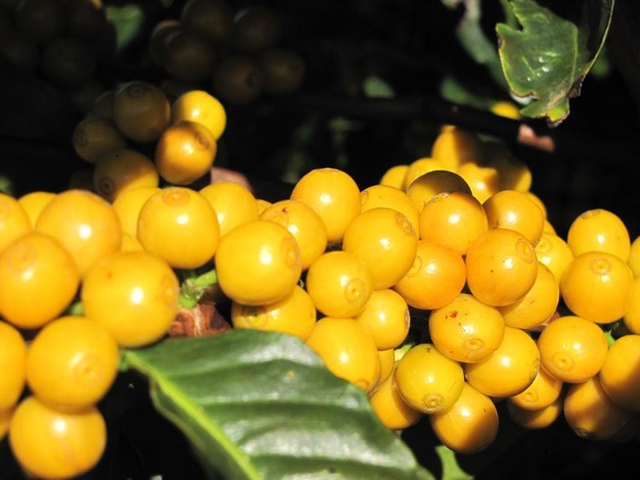
Victor manages the farm, with eight people responsible for their specific areas and responsibilities. All employees have permanent residency on the farm, and 10% of the farms are handed over to workers to grow their own vegetables. Nearly half of the farms have been left under the forest, all shelved as protected areas. In addition to long-time farm workers, about 25 seasonal pickers are harvesting.
As is assumed, given that the Viktor people use untraditional methods to manage leaf rust, farms are managed in an environmentally sustainable manner, mainly using traditional farming methods. Combined with strange experimental methods. Regular pruning of shade trees, as well as pruning of coffee trees after production, manual control of weeds and lawns. Chemical fertilizer is used only in the early stages of seedling growth. In addition, environmental protection projects to grow bamboo locally also help capture water during the rainy season, allowing it to be released slowly during the dry summer months.
All coffee is processed with about 22 bags of pergamino micron grape juice according to the location of the farm, and pay attention to various grape varieties. Despite the size of the farm, Victor continues to handle all farm coffee using diesel-powered small pulpers. He points out that this is not only more energy efficient than larger pulpers, but also more economical: $20 in diesel gives them a full half of the harvest.
In addition to El Tambor, Victor has also gained a good reputation by buying his two children's farms-La Pia (named after his mother) and El Mezcal (named after a tree found nearby)-on nearby plots. Like Tambor, La Pia has entered the Guatemala Cup and all three stadiums aim to win in the same year.
El Tambor means "The Drum" in Spanish: the name comes from the percussion of a river underground, forming a drum-like sound. Even if the sound is not heard today, Victor moves on to his drumbeat, innovating and refusing to follow a well-crafted path simply because of accepted agricultural practices. In the future, Victor and his family want to continue to grow a single variety of areas, focusing on new varieties, such as Amarello,Pacamara and Amarello geisha. They also plan to build new dry courtyards, a fruit orchard and new tanks for workers to grow fish.
Important Notice :
前街咖啡 FrontStreet Coffee has moved to new addredd:
FrontStreet Coffee Address: 315,Donghua East Road,GuangZhou
Tel:020 38364473
- Prev
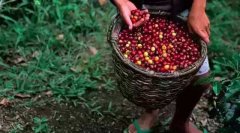
Introduction to the Development of Agua Tibia small Coffee Manor in Guatemala
For professional baristas, please follow the coffee workshop (Wechat official account cafe_style) basic information Farm: Agua Tibia Manor varieties: Caturra,Pache, Yellow bourbon, Catua and Mundo Novo treatment: drying after washing treatment: altitude: 1500-1700 meters owner: Industrias Agricolas Centro Americanas,SA / Castil
- Next
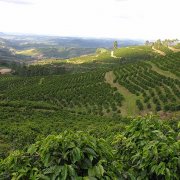
Introduction to COE Champion Farm of Lily Family Farm in Linglong producing area of Columbia
For the exchange of professional baristas, please pay attention to the coffee workshop (Wechat official account cafe_style) Columbia Na Linglong Lily Family Farm Colombia is the third largest coffee producer in the world, coffee is grown everywhere, but in recent years, the south surpasses the north, and the famous Nalinglong, Tolima and Vulla are all good producers. The land of small farmers does not exceed 10 ~ 15 hectares, coffee when dry.
Related
- Does Rose Summer choose Blue, Green or Red? Detailed explanation of Rose Summer Coffee plots and Classification in Panamanian Jade Manor
- What is the difference between the origin, producing area, processing plant, cooperative and manor of coffee beans?
- How fine does the espresso powder fit? how to grind the espresso?
- Sca coffee roasting degree color card coffee roasting degree 8 roasting color values what do you mean?
- The practice of lattes: how to make lattes at home
- Introduction to Indonesian Fine Coffee beans-- Java Coffee producing area of Indonesian Arabica Coffee
- How much will the flavor of light and medium roasted rose summer be expressed? What baking level is rose summer suitable for?
- Introduction to the characteristics of washing, sun-drying or wet-planing coffee commonly used in Mantenin, Indonesia
- Price characteristics of Arabica Coffee Bean Starbucks introduction to Manning Coffee Bean Taste producing area Variety Manor
- What is the authentic Yega flavor? What are the flavor characteristics of the really excellent Yejasuffi coffee beans?

